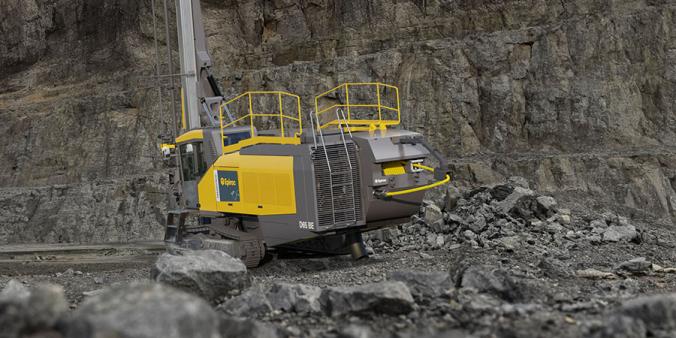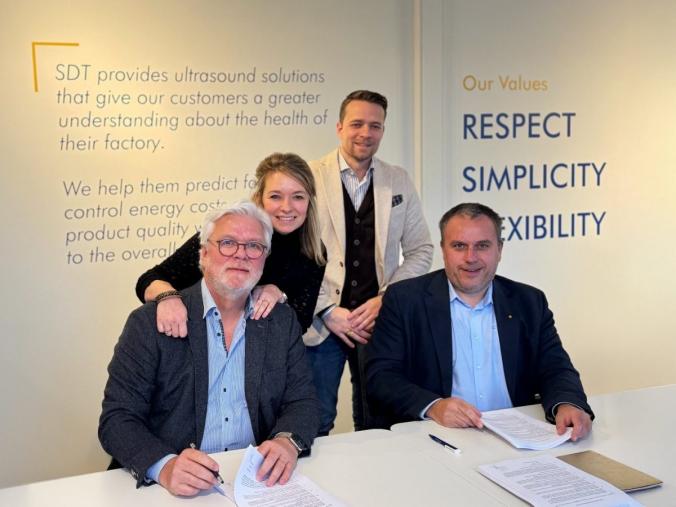Construction Equipment Rental Market Reducing Downtime (and Costs) with Telematics
A recent report released by technavio profiled the expected growth of the heavy equipment rental market, specifically for construction equipment. Highlighting a healthy industry CAGR of 7+ percent until 2019 with higher growth in key geography markets such as Europe and lower growth in Asia, the report also discussed the leading trends that are enabling this growth.
Perhaps most important for distributors of rental equipment, the inclusion of fleet management and telematics software is seen to enable a customer product that is more reliable (less prone to down time) with lower operational costs.
The ability to schedule maintenance based on equipment usage and not simply by prescheduled time periods, to schedule preventative or emergency maintenance based in real-time, as well as active feedback from equipment should prevent foreseeable equipment breakdowns/failures. The ability to correlate usage outside of operational guidelines, accidents and repairs to specific contracts can indicate which repeat rental users may be high risk. Tailored premiums based on operational analysis of these sometimes multi-million dollar pieces of equipment can help the rental company manage operational costs at the same time as rewarding their ‘good’ users with lower premiums and penalizing, or even choosing to not renew contracts with higher risk users.
Fleet Telematics Application
This is not dissimilar to the telematics products that are now being offered within the rental vehicle industry and by car insurance companies who offer UBI (usage based insurance) products. Even in the low-margin business of rental vehicles, a monthly fee to monitor use of a car is completely justified as soon as a car is stolen, a customer is proven to be culpable for a speeding ticket, or if the company is able to provide added value of emergency assistance (arrange tow truck, or enable remote door unlocking).
The slowdown in economic growth is forcing more companies to focus on the rate of return of individual projects, and so many are considering renting equipment rather than buying. From these companies’ point of view, the reduced burden of upfront investment, and eliminated risk of expensive breakdown repairs can provide increased justification for not buying new. The new technologies that are emerging within the industry that are geared towards enhancing the customer experience and service should create a better, more reliable product in a business that can rarely afford unscheduled downtime.
Writer of the blog post, Keith Gelinas, is ORBCOMM's Senior Vice President, OEM Business.









